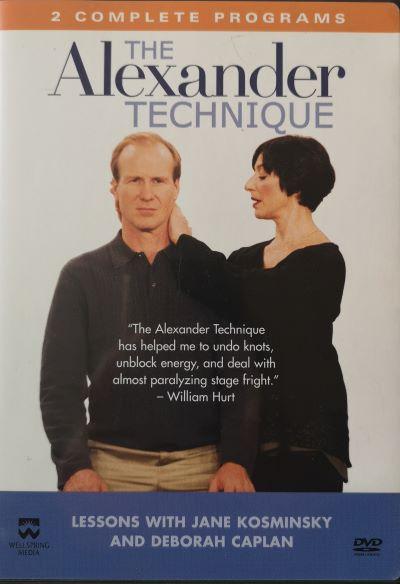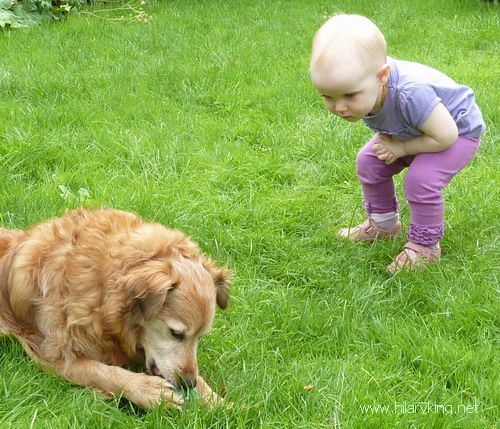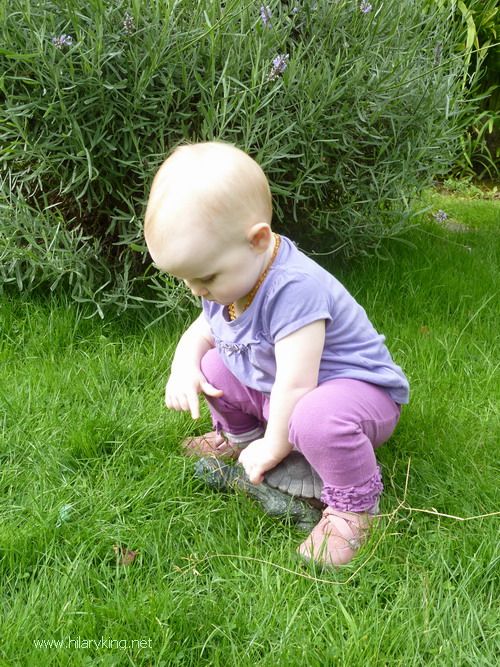Sir Colin Davis
Sir Colin Davis
Alexander Technique and Anxiety Conditions
Anxiety and Stage Fright

Using the Alexander Technique during an eye operation.
At the Dentist…..
After a diagnosis of long-term illness
The ‘Stiff Upper Lip’ habit
that Mary took her condition seriously and made important changes in her attitude towards the way
she worked, cutting out everything unnecessary and ‘extra’, which gradually allowed her body to heal and her health to improve.
Frost and Ice
There are wet leaves on the paths and the first wintry frost is here, so it’s time to take care on pavements! If you are afraid of falling on ice, it is tempting to tense up all over but remember, you will have more sense of your balance and more control over your movements if you refuse to tighten but walk in an alert and free manner, using all you have learned in your Alexander lessons.
One wintry day last year when the pavements were covered with ice, I was tempted to tighten up my legs and hips in order to keep my balance. Then I saw a teenager running with ease along the frozen pavement, illustrating the fact that poise and free movements are the best way to maintain ones balance, even on slippery ice.
Cycling and the Alexander Technique
that I have recovered suppleness in my back’ .
like I used to. I thought it was a problem with the bike, as it was a budget non brand
roadbike. For 5 years previous to that I gave up cycling as I had a bad accident when
someone opened a car door on me and so I decided to stop cycling…’
hands-free like I used to without there having been any changes made to my bike.
How Best to Carry a Baby?
Guidelines for Treating Back Pain?
New US Guidelines for the Treatment of Lower Back Pain
These new guidelines are medically-based, as would be expected but there is a welcome emphasis on encouraging the reduction of invasive procedures and the use of steroids and narcotics to reduce the symptoms.
I haven’t read the whole paper but I thought it was unfortunate that this abstract makes no mention of the use of the Alexander Technique to treat back pain – which has been shown in a major Research Trial published in the BMJ in 2008, to be more effective in helping people with chronic lower back pain than were massage or even a Doctor’s standard back care regime!
I was one of the STAT registered teachers selected to teach on the ATEAM trial and have worked with many people with back pain amongst other problems that bring people to me to learn the Technique. In Alexander lessons, people learn to use their bodies in a more balanced and less tense manner whilst performing ordinary activities, so that their backs are more aligned and able to lengthen out, which gradually reduces problems such as lower back pain.
The fact that the AT really can help reduce back pain on a long term basis was scientifically proved in the research study and the conclusions of the ATEAM Research Trial were that ‘One to one lessons in the Alexander technique from registered teachers have long term benefits for patients with chronic back pain’.
Bending Forwards with Ease
Bending Forwards
Poised for Life
Poised for Life


